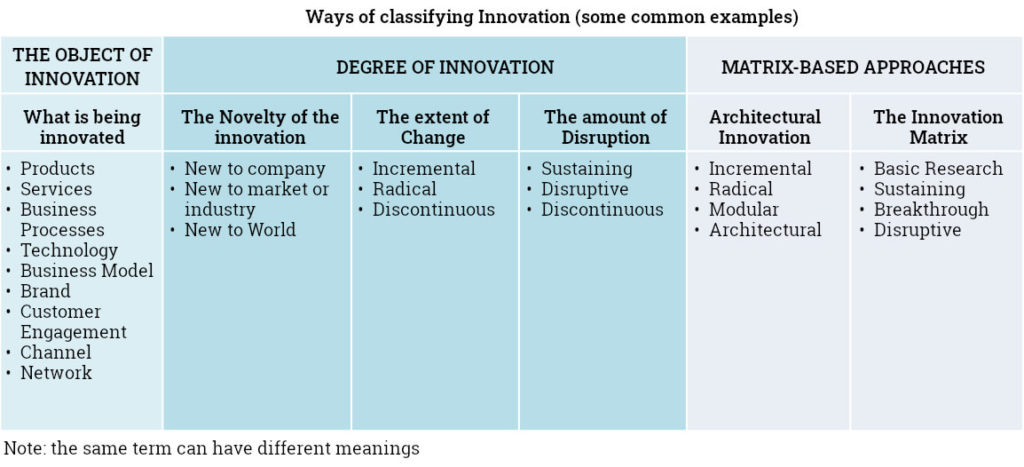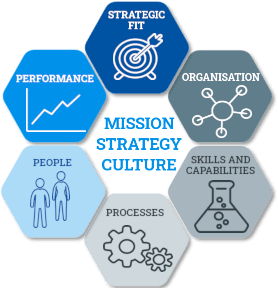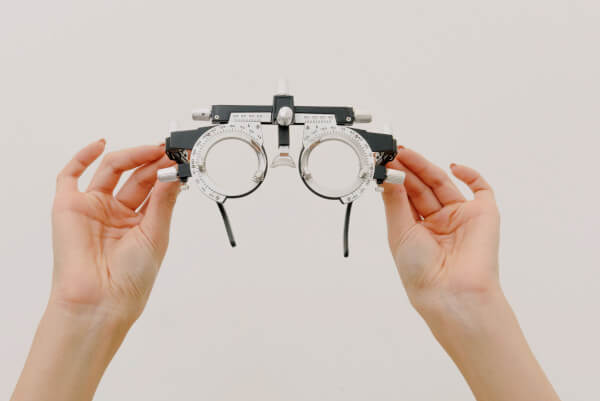Defining Innovation part 2: Why clarity is not easy
In the previous article in this series we looked at why it’s important to define clearly what “innovation” means to your company. So, you just need to pick up a definition from the plethora available on the web right? Wrong. To be most useful, what you need is a definition of innovation for your particular business at this particular time, not something copied from the internet or management literature.
Defining innovation is not so easy
Dictionary definitions of “innovation” are just too generic to be helpful. Even when focussing on innovation in a purely business context, there is no “one-size-fits-all” definition. In fact a 2009 study found 60 different definitions and a 2013 study found 41 distinct definitions in the software industry alone. All of this is compounded by the fact that there is no firm consensus either on when to call innovations “radical”, “disruptive”, “discontinuous”, or “breakthrough” and these labels can be used interchangeably.
So why this ambiguity? At the heart of the issue is the fact that innovation can be considered from many different angles. The table below offers a selection of common classifications that I grouped under three general headings.

When looking to define innovation, you could ask yourself what Objects are included in innovation? In other words, what aspects of the business, products and services are we going to work on? You can also consider various ways of classifying the Degree of innovation; how novel does something have to be to be innovative? Does the extent of change it brings or the impact it has on the company or market determine what is or is not innovation? Do you take a more structured, Matrix-Based Approach like those used in Architectural Innovation or the Innovation Matrix model?
Quite likely, the most useful definition of “Innovation” is going to be a combination of some of these elements, based on the strategic needs of your company.
The question therefore is not “what’s the best definition of innovation ?” but “what’s the best definition of innovation for you?”.
The good news is that you don’t need to disregard the large amount of work already available on defining innovation. In the next article we will see how you can use this body of knowledge as raw material to help you build YOUR customised definition, suitable for driving innovation forward as part of your company strategy.
Want to find out more?








